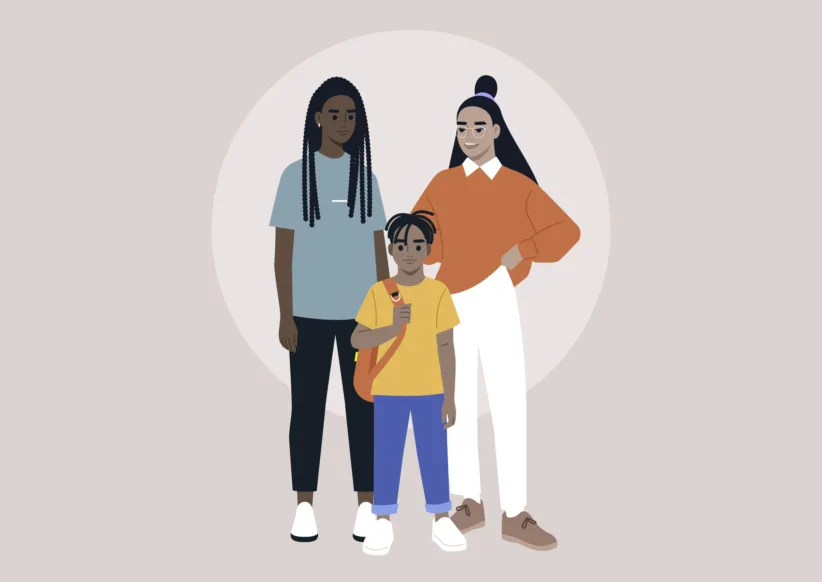All parents want to protect their children from potential health risks, especially at home.
We childproof our homes to prevent household injuries, install window guards, and use carbon-monoxide detectors. If any remodeling is done, we’re sure not to use lead-based paint, and many parents insist that their homes are smoke-free.
But are they?
Multi-unit housing
New York City has the highest concentration of multi-unit housing in the country at almost 70 percent of homes.
That means most of us share walls, stairwells, lobbies, and most importantly, the air we breathe. Studies show that secondhand smoke travels between units and floors, and through cracks in piping, ventilation, and flooring. Secondhand smoke can never be entirely contained.
On average, up to 60 percent of the air in multi-unit buildings is shared. So, when one person smokes, the whole building smokes.
Children at risk
According to the U.S. Surgeon General, there is absolutely no safe level of exposure to secondhand smoke. Even brief exposure can cause health problems, especially for children and the elderly. Secondhand smoke kills 42,000 Americans each year, including nearly 900 infants.
Approximately 200,000 New York City children are exposed to secondhand smoke at home. Children spend more time at home, so when they are exposed they have increased risk of sudden infant death syndrome, ear and respiratory infections, and worsening asthma symptoms.
For those children who suffer from asthma, exposure to secondhand smoke leads to more frequent asthma attacks and more trips to the Emergency Room.
Clearly, children face a greater risk than adults of the negative health effects of secondhand smoke.
When secondhand smoke is in the air, young, developing lungs receive a higher concentration of inhaled toxins because a child’s breathing rate is faster than that of an adult.
Parents can protect their children by voluntarily adopting a smoke-free policy in their homes, but for those who in live in an apartment building, secondhand smoke can be a constant threat to your children’s health, especially if you live near a smoker.
Smoking disclosure policies
Most people don’t know if their building allows smoking, or if they will be exposed to secondhand smoke in their home, until they are already residents.
We all have the right to be free of hazardous conditions in our home, especially when it comes to our children’s health. Why should our children be involuntarily exposed to secondhand smoke?
We have a right to know if the home we’re choosing will be affected by secondhand smoke that could put our children’s health at risk. Why shouldn’t parents know if their building allows smoking before moving in?
Smoking disclosure policies would give prospective tenants and buyers the facts they need in order to make an informed choice when deciding where to live. Landlords and building owners would need to disclose their building’s smoking policy to anyone who is considering moving in.
We already have disclosure policies in place for many similar residential health hazards, such as lead-based paint, radon, and bed bugs.
Why not simply add tobacco smoke to this list? These disclosure policies appear to have contributed to reducing the health consequences resulting from exposure to these health hazards. When you consider all the facts, smoking disclosure policies just make sense.
New York City parents would then be able to choose to live in a building that has voluntarily gone smoke-free and know their children would be protected from secondhand smoke.
New York City stopped smoking in bars and restaurants almost 10 years ago, and last year, our parks and beaches became smoke-free.
If we can protect our health in these public places, why can’t we protect our health in our homes? As concerned parents, we have a right to know if smoking is allowed in a building before we move in.
The NYC Coalition for a Smoke-Free City strongly supports smoking disclosure policies.
New Yorkers have a right to know if they will be involuntarily exposed to secondhand smoke and choose to live in a building that is 100 percent smoke-free to protect their children’s health.
For more information, visit www.NYCSmokeFree.org/housing and www.SmokeFreeHousingNY.org
Sheelah A. Feinberg is the executive director of the NYC Coalition for a Smoke-Free City.





















